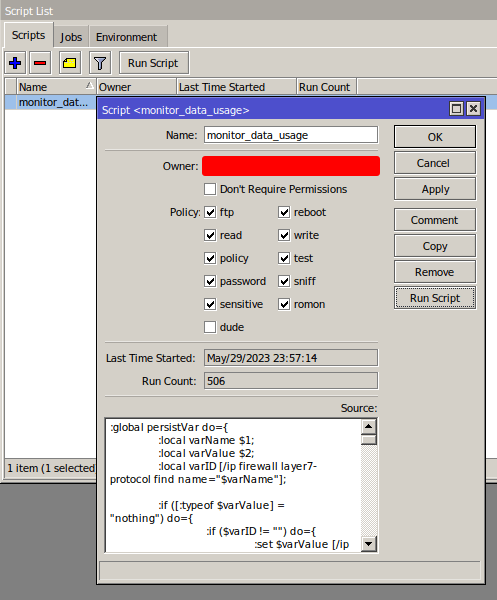Data Recovery After File System Failure: Key Points
Data loss can always be an unpleasant surprise, especially if it occurs due to a file system failure. But don’t despair, data recovery after such a failure is possible with the help of specialized programs and tools. In this article, we will look at the main points and steps for recovering data after a file system failure.
Step 1: Assessing the Level of Data Damage
The first step in data recovery after a file system failure is to assess the level of data damage. To do this, you can use special programs that scan the data carrier and determine how severely the file system is damaged.
Step 2: Choosing a Data Recovery Program
After the level of data damage has been assessed, you need to choose a suitable program for recovering it. There are many programs that specialize in data recovery after a file system failure. Some of them are free, others are paid, so it is worth carefully studying their capabilities and user reviews.
Step 3: Running the Data Recovery Program
After selecting a suitable program, you need to run it to scan the data carrier. The program will scan all the data on the carrier and try to recover deleted or damaged files.
Step 4: Analyzing Results and Recovering Data
After the program finishes scanning, you need to analyze the results and select the files you want to recover. Some programs allow you to preview files before restoring them, which can help in choosing the necessary data.
Step 5: Saving Recovered Data
After the necessary data has been successfully recovered, it is important to save it on another storage medium to avoid a repeated file system failure and data loss. It is recommended to create backups of data on a regular basis to minimize the risk of data loss in the future.
Conclusion
Data recovery after a file system failure is a complex process that requires effort and specialized tools. However, with the right approach and program selection, data recovery can be carried out successfully. Remember the importance of regularly creating backups of data to avoid data loss in the future.





